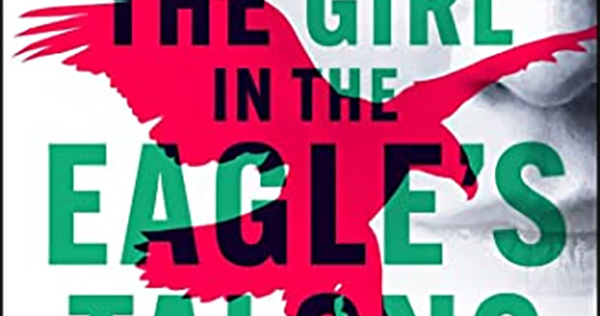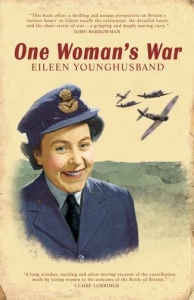A book written by Robert Harris was inspired by a heroic woman’s work to stop German missile strikes during World War Two.
Eileen Younghusband worked with the Women’s Auxiliary Air Force (WAAF) during WWII and was given an important mission in Belgium.
Robert Harris was prompted to write V2 in 2016 after reading the “wonderful story” in Younghusband’s obituary after her death aged 95, and based one character on Younghusband.
V2 is set in 1944 wartime when Hitler introduced a deadly weapon just at the moment when it appeared Nazi Germany was going to lose the war- the V2- the world’s first long-range, guided ballistic missile far quicker and more accurate than its predecessor the V1. The V2 was designed to cause terrible damage, and the British people saw the first of the devastating attacks on London on 8th September 1944, when one missile created a crater 10m wide, killing three people and injuring 22 others. It was one of 1,300 V2s directed at Britain, killing 2,724 British people in total, while hundreds more targeted Belgium and France.
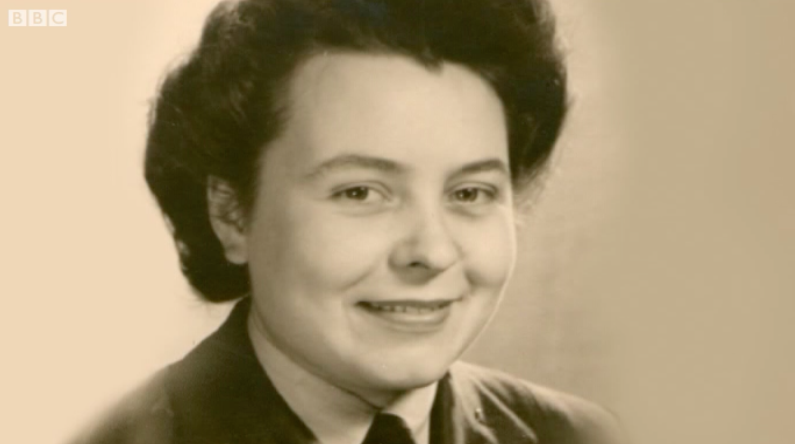
Eileen Younghusband during WWII
Harris found himself inspired to write of Eileen Younghusband’s mission to stop the V2 missile by using geometry to work out the launch site of the missiles.
“She was one of those women who worked in the filter room of RAF fighter command and she was sent out in November 1944 as a part of the British effort to try and stop the V2s landing on London.
“They were launched from the coast of Holland, they hit London within five minutes.
“Eileen was sent to Belgium, to a little town called Mechelen, just recently liberated. Her job was to sit in a bank vault with a slide rule and try to collate the parabolic curve of the V2, so that the RAF could hit the launch sites – they were mobile.
“It just struck me as a wonderful story about a woman doing something quite extraordinary that I’d never heard of before and that’s what really started me on it.”
Ms Younghusband spoke to the BBC in 2011, where she explained what her role during WWII entailed:
“Our job was to extrapolate the curve of the V2 from the place it landed back to the launch site and we did that once we knew the fall of shot and we got the position of the top of the curve,” she said.
“We then used a slide rule and geometry to find the launch site and they managed to destroy them all by the end of February, beginning of March, 1945.”
Ms Younghusband published her autobiography in 2009 in hopes the women of WAAF would have their work truly recognised.
One Woman’s War, won a People’s Book Prize.
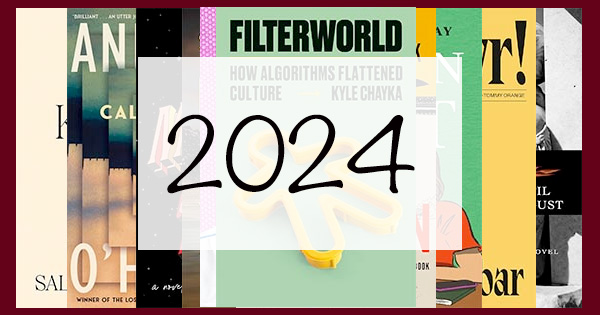
10 of 2024’s Most Anticipated Reads
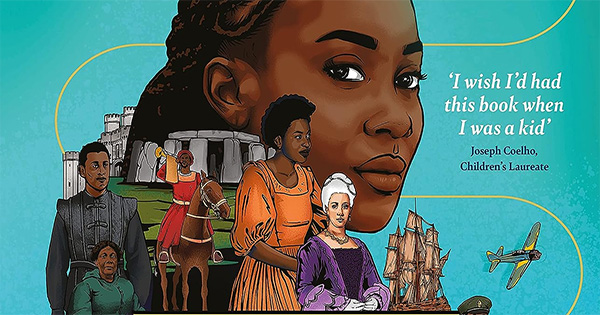
New Children’s Book Reveals the Black History of the UK
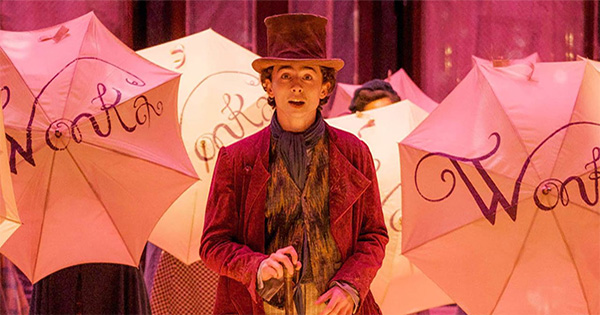
Roald Dahl Estate Announces ‘Wonka’ Tie-in Novel
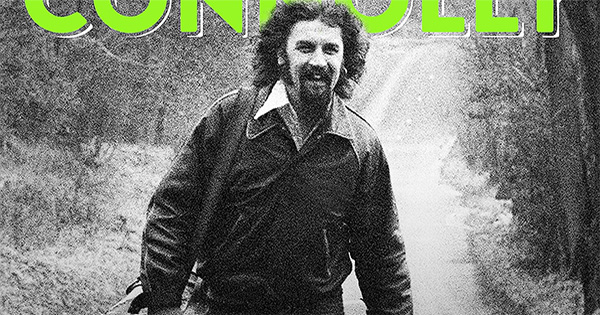
Billy Connolly Announces New Book ‘Rambling Man’

Chris Hadfield Announces New Thriller Novel The Defector
